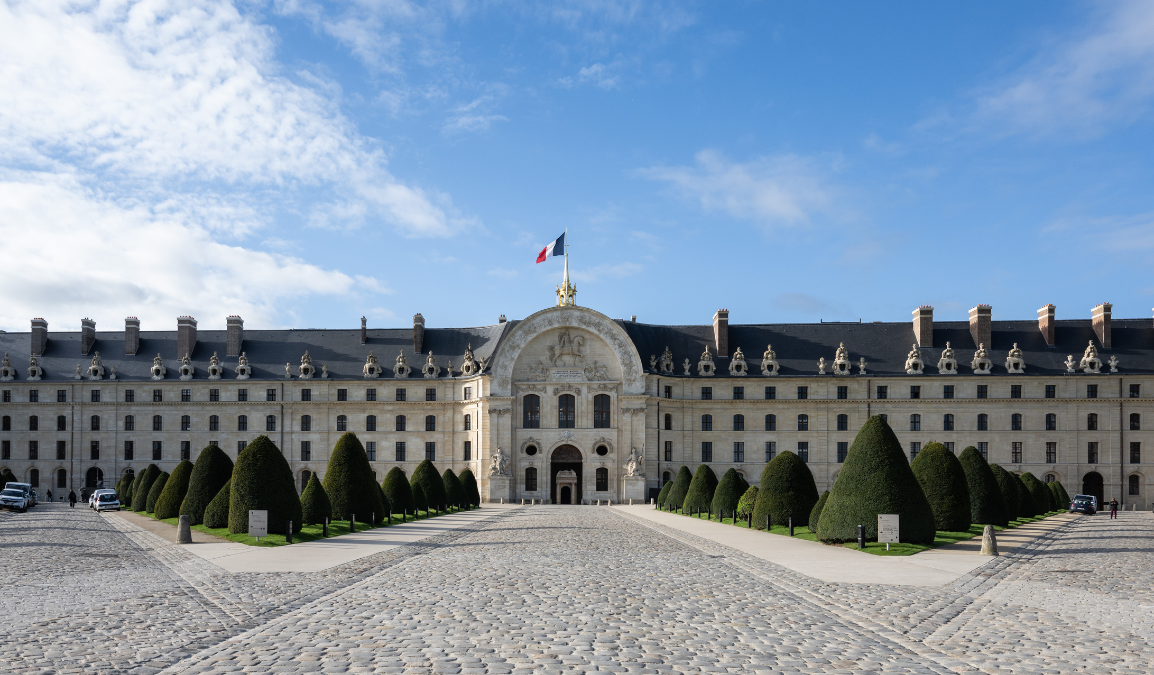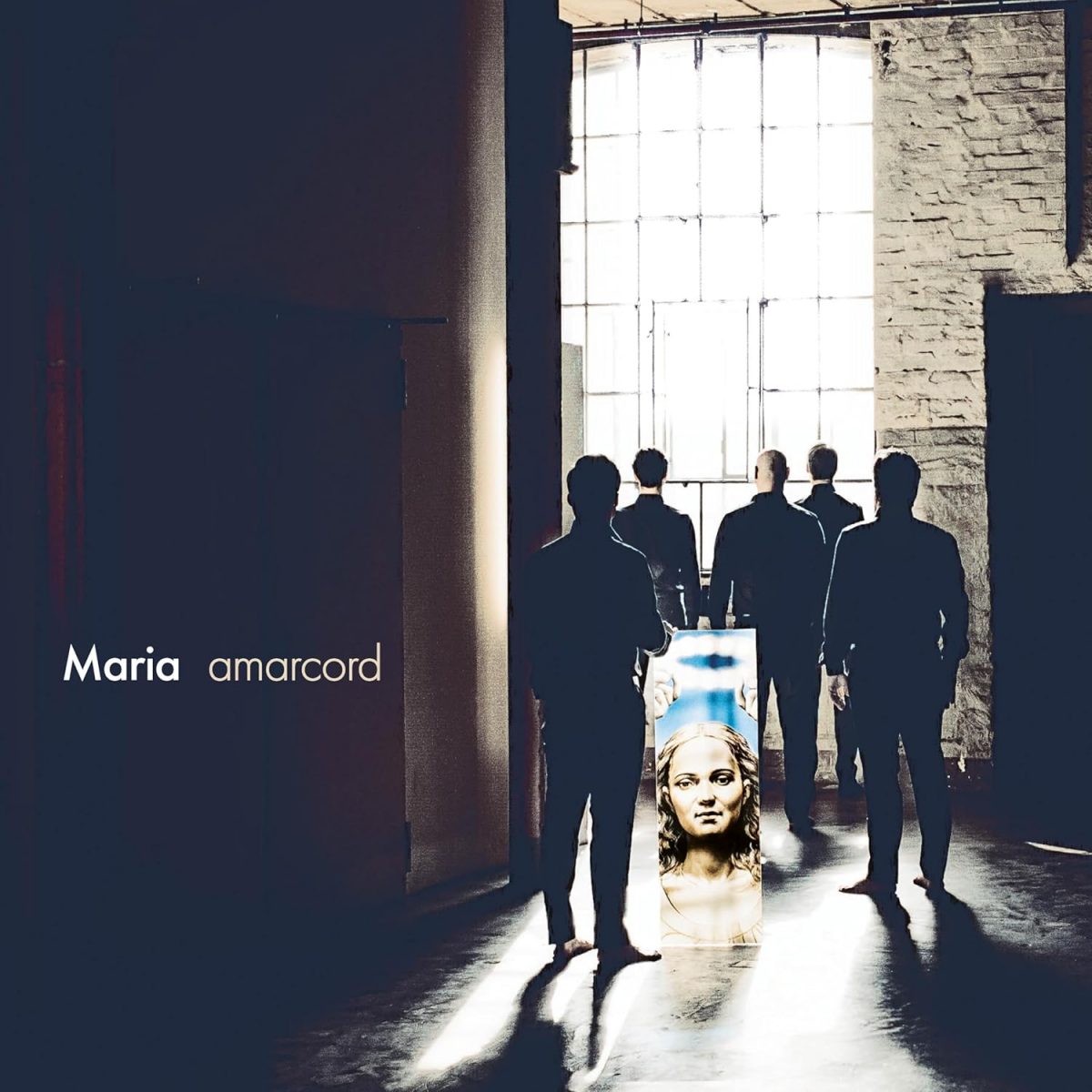Jane Austen’s connections with music have been long acknowledged. They are by no means without controversy and apparent contradiction, Austen’s own undoubted life-long interest in music is to a certain extent counterbalanced by her own observations such as implying that while music might be a good thing on its own terms, sitting listening to a concert might perhaps not be. Otherwise Jane’s large collection of music books, many transcriptions written in her own hand, offer an argument that might serve to arrive at a different conclusion.
Such matters were among those explored in a programme mounted to celebrate the 250th anniversary of Austen’s birth in 2025. It is being presented in various venues by The Little Song Party – soprano Penelope Appleyard and the pianist Jonathan Delbridge, who accompanies her on a Broadwood square piano dating from 1814 and which is thus an instrument that Jane Austen could have known. I suppose the correct name for their well-researched programme would be ‘lecture-recital’, but that hardly does justice to the delightfully relaxed ambiance the performers achieved in presenting it as a part of the Newbury Spring Festival at Shaw House in Newbury. The venue in itself made for a highly appropriate setting, being an Elizabethan house built in 1581, but substantially altered during the 18th century by the then owner James Brydges, 1st Duke of Chandos (he of Handelian fame) and subsequently several James Andrews, the last of whom takes us up to Austen’s day.
The programme juxtaposed introductions and readings with a judicious choice of music that ranged from popular ballads through folk songs and operatic ‘hits’ of the day to themes associated with contemporary films of Austen’s works and in one instance a new work especially commissioned for the concert series. This was ‘Ode to Pity’ by Donna Mckevitt, a rare example of the poetry of the novelist being set to music.* Written when she was in her teens, the song captures well the wry sense of humour that would become a hallmark of Austen’s writing. It was well projected by Appleyard, who not only delivered her spoken words with winning natural charm, but whose clear, fresh-sounding soprano is ideal for this type of repertoire. This is not the kind of programme that requires a detailed critique, but it is worth noting that where needed Appleyard added appropriate ornamentation (I thought the principal theme of Gluck’s ‘Che faro’ might have been afforded a little more decoration on its repetition). Delbridge supported the singer throughout with playing of character and sensitivity, providing several solos on his own account. One of the greatest successes of the afternoon was the ‘Storm Rondo’ by Daniel Steibelt, the piece believed by one commentator to be the agitated music played by Marianne Dashwood in Sense and Sensibility to cover up her sister Elinor’s secret conversation with Lucy Steele. Delbridge’s fine playing was ideally complemented by Appleyard’s muttered reading of both parts, the dramatization deservedly bringing the house down.
The programme will be given several more times, perhaps most notably at the Jane Austen Festival in Bath in September . If you happen to be in the vicinity don’t miss this enchanting event.
Brian Robins
* You can enjoy a performance HERE.









